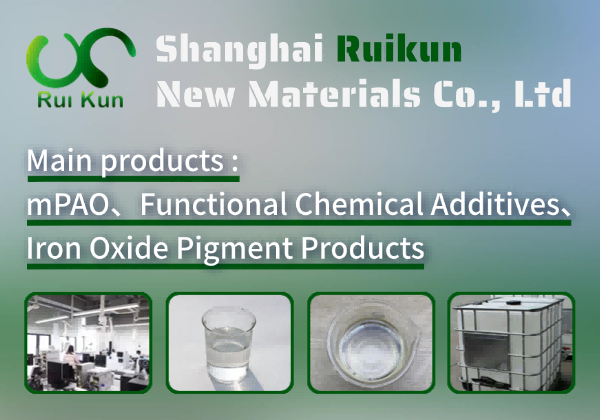What is carbon
**Introduction to Product Carbon** Product Carbon is a cutting-edge solution designed to help businesses measure, manage, and reduce their carbon footprint. In an era where sustainability is paramount, Product Carbon provides actionable insights into the environmental impact of products throughout their lifecycle—from raw material extraction to disposal. By leveraging advanced data analytics and carbon accounting methodologies, it empowers companies to make informed decisions, optimize supply chains, and meet regulatory and consumer demands for transparency. Whether you're a manufacturer, retailer, or service provider, Product Carbon equips you with the tools to drive meaningful climate action, enhance brand reputation, and contribute to a greener, more sustainable future.
Preparation Process: To prepare pure carbon, follow these steps: 1. **Pyrolysis**: Heat organic materials (e.g., wood, sugar) in an oxygen-free environment (e.g., inert gas or vacuum) at 400–900°C to decompose them into carbon-rich residues like charcoal or carbon black. 2. **Chemical Vapor Deposition (CVD)**: Decompose hydrocarbon gases (e.g., methane) on a heated substrate (800–1200°C) to deposit graphite or graphene layers. 3. **Arc Discharge**: Pass a high current between graphite electrodes in an inert atmosphere to produce fullerenes or nanotubes. 4. **Purification**: Treat the product with acids (e.g., HCl, HNO₃) to remove impurities. 5. **Annealing**: Heat at high temperatures (up to 3000°C) to improve crystallinity.
Usage Scenarios: Carbon is a versatile element with numerous applications. In its pure forms, graphite is used in pencils and lubricants, while diamond serves in cutting tools and jewelry. Carbon fibers are valued in aerospace and automotive industries for their strength and lightness. Activated carbon filters pollutants in water and air purification systems. Carbon black reinforces tires and pigments inks and paints. In steelmaking, carbon enhances metal strength. Organic compounds like hydrocarbons fuel vehicles and power plants. Carbon dioxide is used in beverages and fire extinguishers. Carbon nanotubes and graphene show promise in electronics and nanotechnology. Additionally, carbon is fundamental in biological molecules, supporting life through DNA, proteins, and carbohydrates.
carbon Basic Info
carbon Price
1. **United States**: $50-$200 per kg
2. **China**: $30-$100 per kg
3. **Russia**: $40-$150 per kg
4. **Germany**: $60-$200 per kg
5. **India**: $30-$120 per kg
6. **Japan**: $70-$250 per kg
7. **Brazil**: $40-$150 per kg
8. **South Korea**: $60-$200 per kg
9. **Philippines**: $50-$180 per kg
10. **United Kingdom**: $60-$200 per kg
11. **France**: $60-$200 per kg
12. **Mexico**: $40-$150 per kg
13. **Canada**: $50-$200 per kg
14. **South Africa**: $50-$180 per kg
15. **Egypt**: $60-$200 per kg
16. **Turkey**: $40-$150 per kg
17. **Thailand**: $40-$150 per kg
18. **Indonesia**: $60-$200 per kg
These estimates consider factors like industrialization, import reliance, and economic status, but actual prices may vary based on specific product types, market conditions, and trade policies.


 沪ICP备2021018848号-5
沪ICP备2021018848号-5

